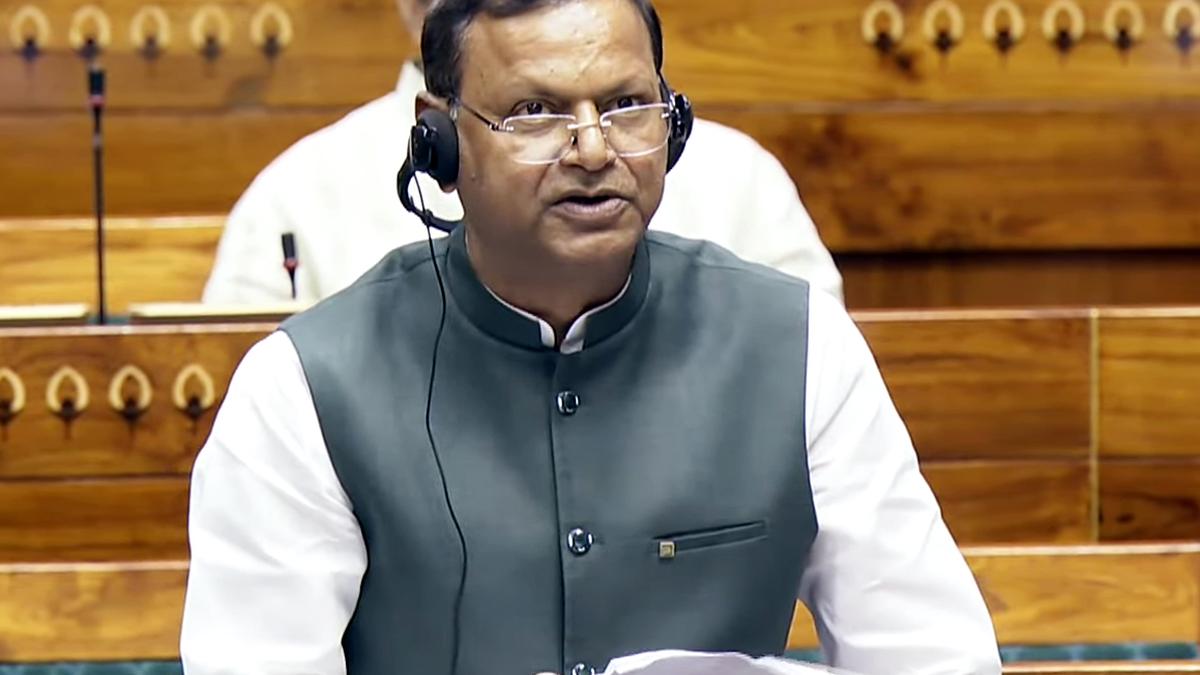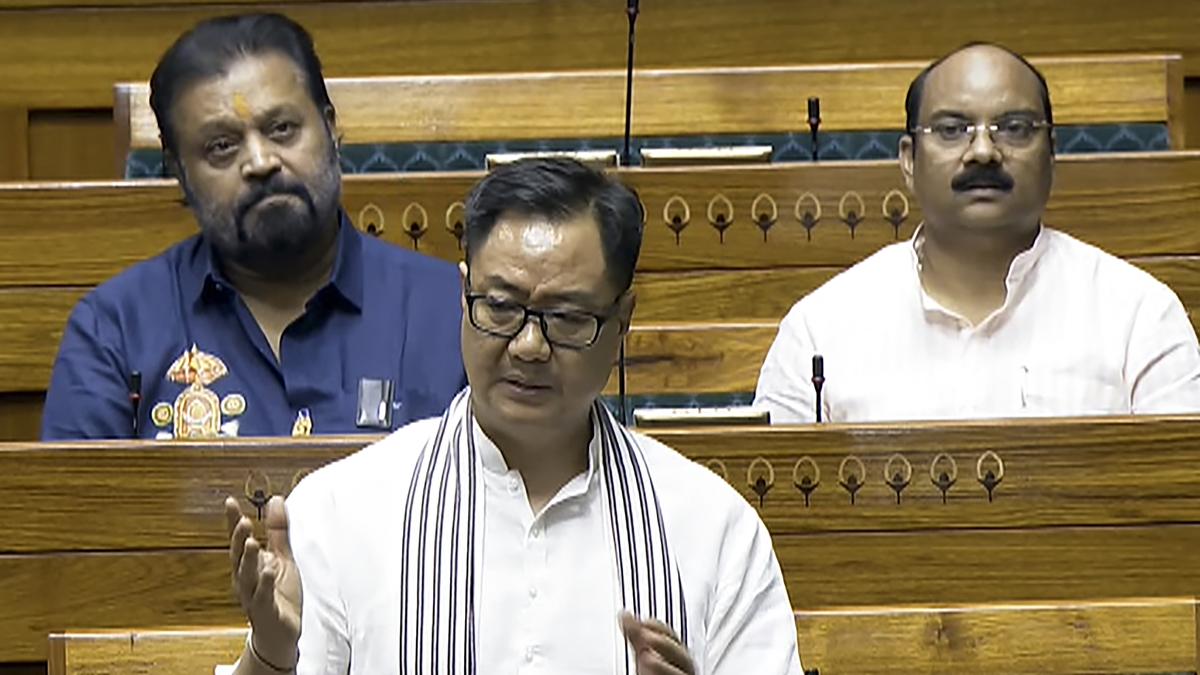Now Reading: Centre Projects ₹5.91 Lakh Crore Cess, Surcharge Revenue for FY26 with 9.4% Growth
-
01
Centre Projects ₹5.91 Lakh Crore Cess, Surcharge Revenue for FY26 with 9.4% Growth
Centre Projects ₹5.91 Lakh Crore Cess, Surcharge Revenue for FY26 with 9.4% Growth

Rapid summary
- The central government has budgeted ₹5.91 lakh crore for cess and surcharge collection in FY26, marking a 9.43% growth from ₹5.4 lakh crore collected in FY25.
- Of the total budgeted amount, ₹4.18 lakh crore is projected from cess and ₹1.72 lakh crore from surcharge.
- Minister of State for Finance Pankaj Chaudhary stated that cess and surcharge are levied under Article 271 of the Constitution to meet specific needs like funding Centrally sponsored Schemes, benefiting both the Center and States to some extent.
- Finance Minister Nirmala Sitharaman disclosed that health and education cess collections stood at:
– ₹83,071 crore in FY25 with spending at ₹87,199 crore,
– Collections of ₹69,891 crore (FY24) and ₹60,616 crore (FY23) with corresponding spendings at around ₹80,010 crore (FY24) and ₹70,589 crore (FY23).
- Gross tax revenue forms part of the divisible pool shared between Centre and States; however:
– Cess and surcharge collections remain outside this pool with no sharing arrangement with States.
– Currently operating cesses include agriculture infrastructure development cess, GST compensation cess among others; surcharges apply on corporate tax, income tax etc.
- Opposition-led states have demanded inclusion of cess funds into the divisible pool as currently only 41% of other taxes are devolved to states.
Read more: Parliament Monsoon session Day 7 LIVE
Indian Opinion Analysis
The central government’s increasing dependence on cess and surcharge collections highlights their strategic role in augmenting targeted revenue streams independant of taxation shared within the divisible pool framework. While these funds cater to specific sectors such as health or infrastructure via Centrally Sponsored Schemes-areas where expenditure often directly benefits states-the exclusion from state-sharing frameworks continues to be contentious.
States ruled by opposition parties argue for broader fiscal decentralization through inclusion into the divisible pool-a position reflective of concerns regarding equitable resource distribution given rising costs borne by state budgets for healthcare or education implementation.
The trend towards increased reliance on indirect financial mechanisms like surcharges may signal a shift aimed at ensuring centralized control over critical public expenditure areas while marginalizing risks associated with political fragmentation across diverse federal structures.
While data indicates healthy growth overall revenues balancing transparency-expanding reforms touching allocations greater balances stakeholder interest policy harmonization likely explored .























